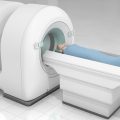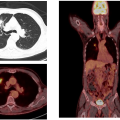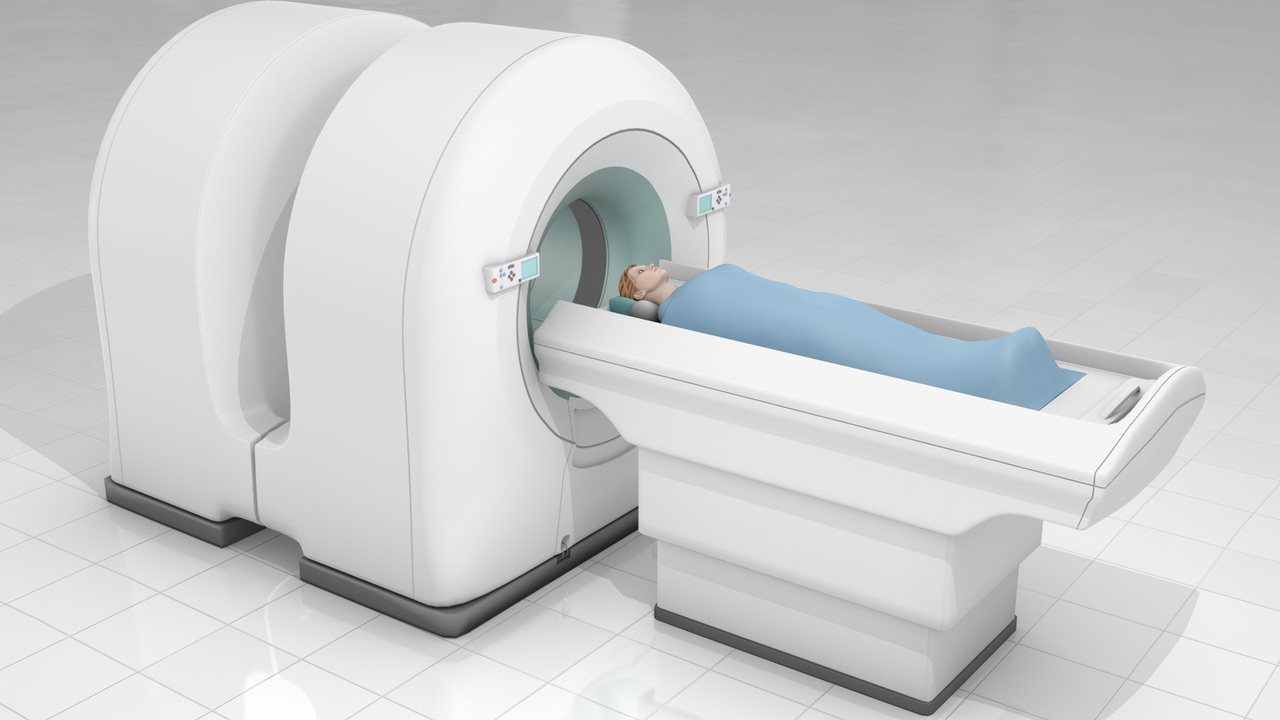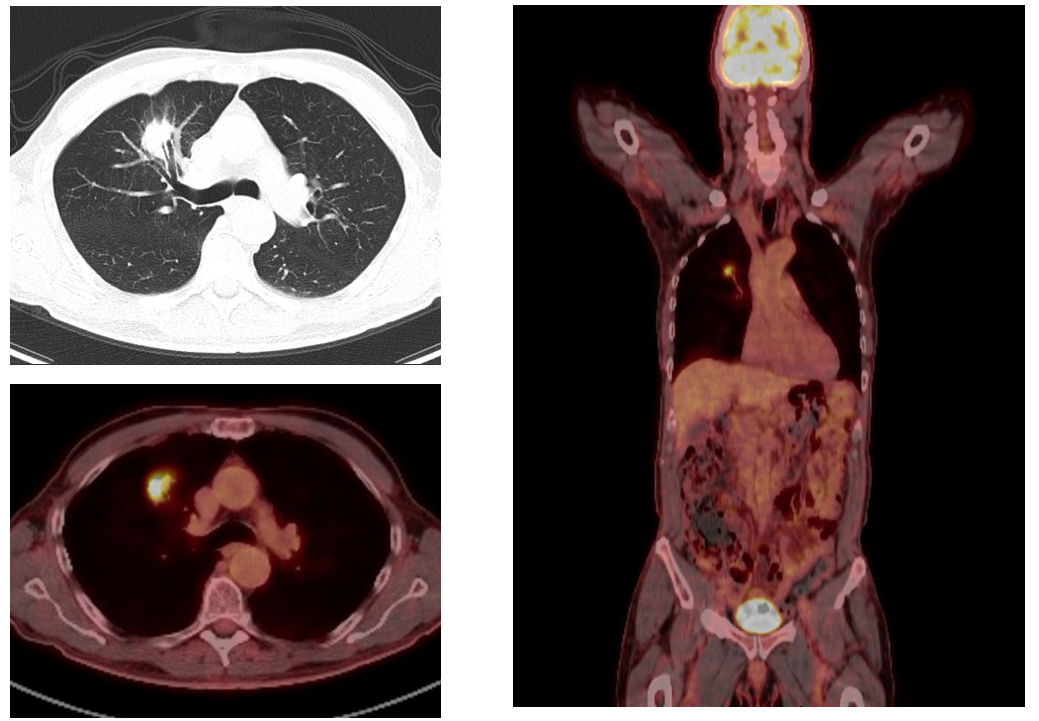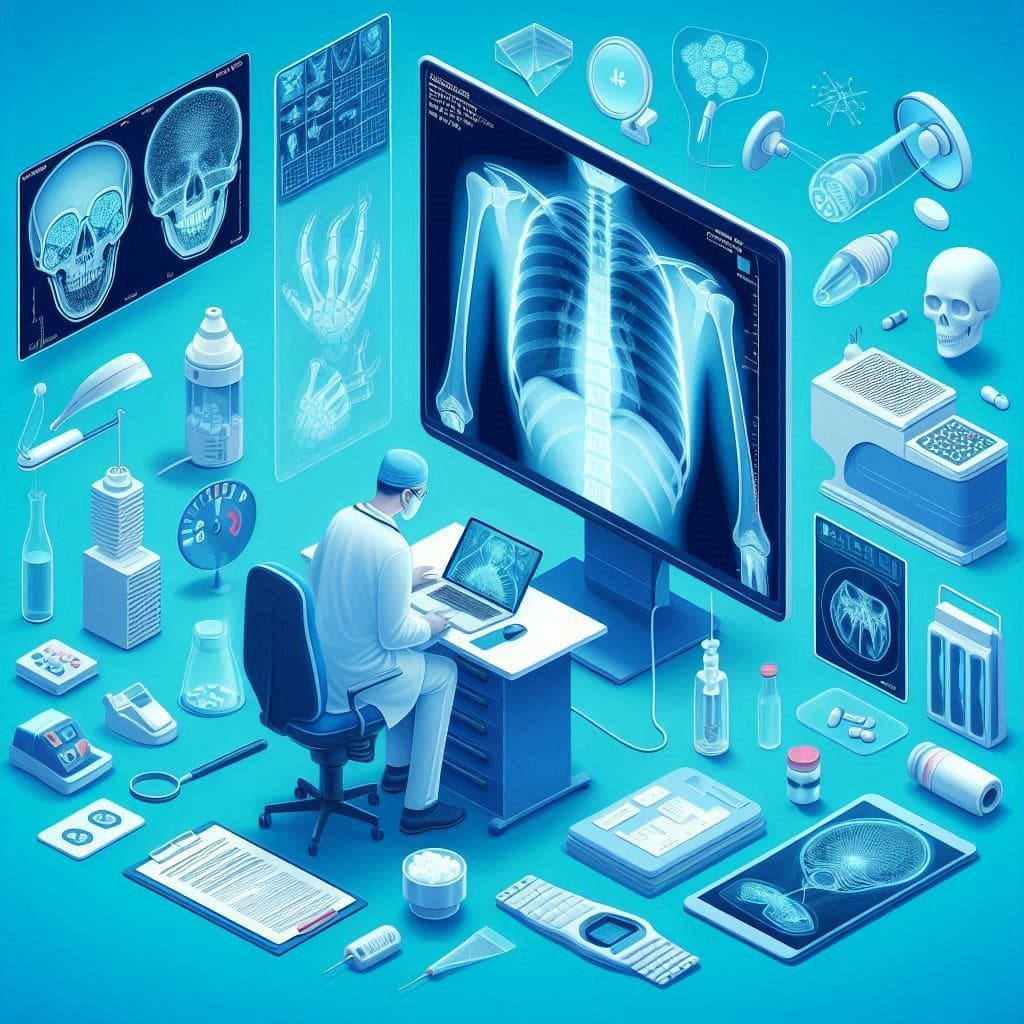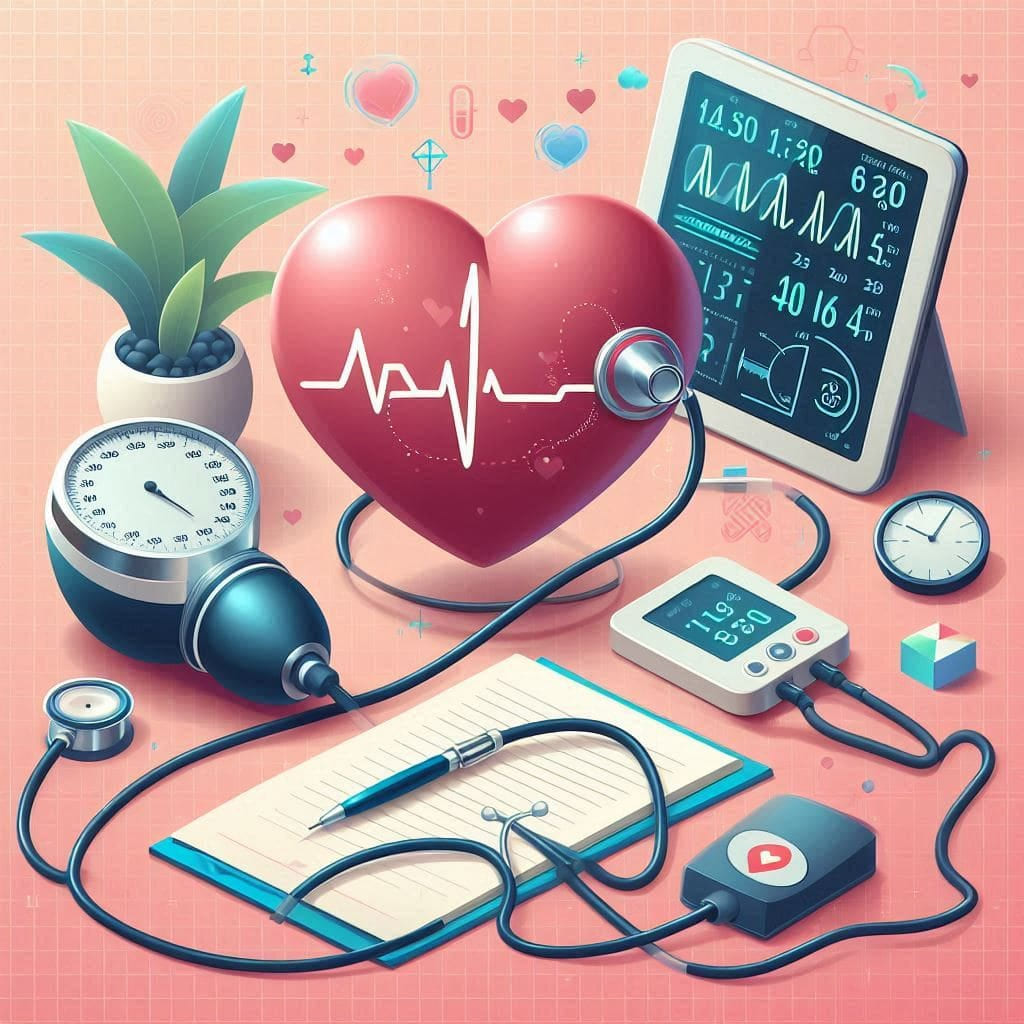
What is Normal Blood Pressure?
Understanding Blood Pressure: A Comprehensive Guide for Heart Health
Blood pressure is one of the main vital indicators reflecting heart and cardiovascular health. At Dokki Scan, we recognize the importance of knowing blood pressure values, how to measure it accurately at home, and how to understand the readings and take appropriate steps when dealing with high blood pressure. In this article, we will extensively cover normal blood pressure values, how to measure blood pressure at home, understanding blood pressure monitor readings, and how to manage high blood pressure.
What is Normal Blood Pressure?
Blood pressure reflects the force exerted by blood on the walls of the arteries as it flows from the heart to various parts of the body. Blood pressure is measured using a blood pressure monitor that displays two readings: systolic pressure (the higher number) and diastolic pressure (the lower number). These readings reflect two main stages of the cardiac cycle:
Systolic Pressure: This is the pressure measured when the heart contracts and pumps blood into the arteries. This pressure is represented by the higher number in the blood pressure reading.
Diastolic Pressure: This is the pressure measured when the heart is at rest between beats. This pressure is represented by the lower number in the blood pressure reading.
Normal blood pressure values are considered to be between 90/60 mmHg and 120/80 mmHg. Ideal blood pressure is less than 120/80 mmHg. These values indicate good heart health and suggest that the circulatory system is functioning normally without undue pressure on the artery walls.
How to Measure Your Blood Pressure at Home?
Measuring blood pressure at home has become an important part of self-care. It can help you monitor your heart health and ensure that your blood pressure remains within the normal range. To accurately measure your blood pressure at home, follow these steps:
Choose the Right Device: There are two main types of blood pressure monitors you can use at home: mercury (manual) devices and digital devices. Mercury devices require skill to inflate the cuff and read the pressure, while digital devices are user-friendly and provide immediate results.
Prepare Yourself for Measurement: Before measuring your blood pressure, ensure you are completely at ease. Sit calmly in a comfortable place for at least 5 minutes. Avoid consuming caffeine, smoking, or engaging in any physical activity before measurement, as these activities can affect the results.
Position the Cuff Correctly: The cuff should be placed correctly on your arm, at heart level. Make sure the cuff is snug but not too tight.
Perform the Measurement: Follow the instructions on the blood pressure monitor. If using a digital device, turn it on and follow the instructions to perform the measurement. When using a mercury device, use a stethoscope to inflate the cuff and read the pressure.
Record the Results: Regularly record the results you obtain. This data can help you track changes in your blood pressure over time.
Understanding Blood Pressure Monitor Readings
Understanding how to interpret blood pressure monitor readings is crucial for assessing your heart health accurately. The reading consists of two numbers:
The Higher Number (Systolic Pressure): This number reflects the pressure when the heart contracts and pumps blood. Elevated systolic pressure may indicate high pressure during cardiac activity, which could be a sign of health issues such as arterial stiffness or increased cardiac workload.
The Lower Number (Diastolic Pressure): This number reflects the pressure when the heart is at rest between beats. Elevated diastolic pressure may indicate resistance in the arteries even when the heart is at rest, which could be a sign of vascular issues.
It is important for blood pressure readings to be within the normal range to ensure good heart health. Readings outside the normal range may require medical follow-up to determine the cause and provide appropriate treatment.
When Should You Worry About High Blood Pressure?
High blood pressure is a medical condition that requires special attention because it can lead to serious health problems if not managed properly. High blood pressure is classified based on values that exceed normal limits:
Mild Hypertension (Stage 1): Pressure ranges between 130/80 mmHg and 139/89 mmHg. At this stage, lifestyle changes such as improving diet, exercising, and reducing stress may be needed.
Severe Hypertension (Stage 2): Pressure exceeds 140/90 mmHg. This condition often requires medical intervention, which may include medication in addition to lifestyle changes.
Symptoms of High Blood Pressure
It is known that high blood pressure may not show clear symptoms in the early stages. However, some symptoms that may indicate high blood pressure include:
Severe Headache: Headache may be a sign of increased pressure in the head.
Dizziness or Lightheadedness: Feeling dizzy may result from the impact of high blood pressure on circulation.
Shortness of Breath: Shortness of breath may indicate that the heart is struggling to pump blood effectively.
Causes of High Blood Pressure
The causes of high blood pressure can be multiple, including:
Genetics: Family history of heart disease may increase the risk of developing high blood pressure.
Unhealthy Lifestyle: Consuming salty foods, lack of physical activity, and smoking can lead to increased blood pressure.
Chronic Diseases: Diabetes and kidney diseases can contribute to high blood pressure.
Consequences of High Blood Pressure
If high blood pressure is not managed properly, it can lead to many serious health problems, such as:
Heart Diseases: Including heart attacks and heart failure.
Strokes: High blood pressure increases the risk of stroke.
Kidney Failure: Can cause long-term kidney damage.
How to Manage High Blood Pressure
Managing blood pressure requires a combination of medical treatments and lifestyle changes. Measures that can be taken include:
Dietary Changes: Reducing sodium intake, eating fiber-rich foods, and increasing the consumption of fruits and vegetables.
Regular Exercise: Exercise helps improve heart health and lower blood pressure.
Quitting Smoking: Reduces the effects of high blood pressure on blood vessels.
Stress Management: Using relaxation techniques such as yoga or meditation can help control blood pressure.
When to Consult a Doctor?
If you experience consistently high blood pressure readings or symptoms such as severe headache, dizziness, or shortness of breath, it is essential to consult a doctor. A doctor can conduct a thorough assessment of your condition and provide a tailored treatment plan to meet your health needs.
At Dokki Scan, we offer comprehensive medical care and assistance in monitoring blood pressure and understanding readings accurately. We are here to support you and provide the medical advice you need to maintain your heart health and ensure your well-being.
Maintaining healthy blood pressure is a key step toward a healthy and active life. If you need additional inquiries or support, do not hesitate to visit Dokki Scan for advice and services that ensure you receive the best healthcare.
Latest Blogs
- All Posts
- Blog

